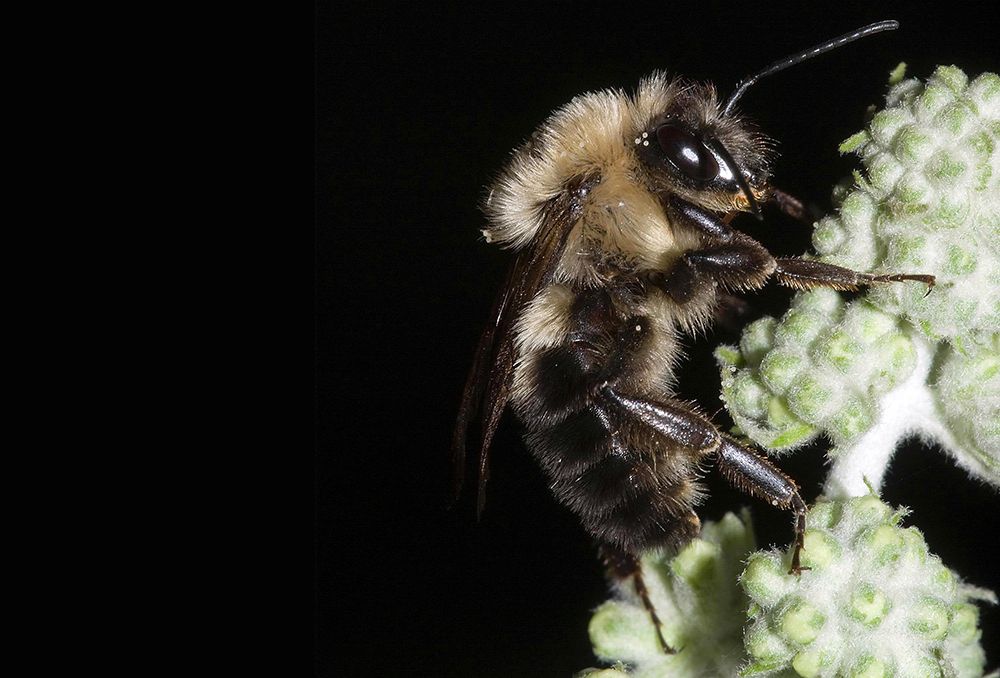People couldn’t stop buzzing during the great North American total solar eclipse of 2017. Bees, however, stayed silent.
In fact, the little buzzers stopped flying altogether during the big event, according to research published Wednesday in the Annals of the Entomological Society of America.
Though a number of formal studies have looked at animal behavior during solar eclipses, few have tracked insects. So researchers from the University of Missouri had citizen scientists and elementary school teams set up acoustic monitoring stations to listen in on bees last Aug. 21, the day of the first total solar eclipse in 99 years to cross the US from coast to coast. 
The researchers anticipated bee activity would drop as the sunlight dimmed, and would reach a minimum at totality.
‘But we had not expected that the change would be so abrupt, that bees would continue flying up until totality and only then stop, completely,’ lead researcher Candace Galen, a professor of biological sciences at the University of Missouri, said in a statement. ‘It was like ‘lights out’ at summer camp. That surprised us.’
Bees commonly fly more slowly at dusk and return to their colonies at night. That the solar eclipse triggered similar behavior offers information on how the creatures respond when environmental cues occur unexpectedly.
‘The eclipse gave us an opportunity to ask whether the novel environmental context — midday, open skies — would alter the bees’ behavioral response to dim light and darkness,’ Galen said. ‘As we found, complete darkness elicits the same behavior in bees, regardless of timing or context. And that’s new information about bee cognition.’
For the project, more than 400 participants, including school teachers and students, set up 16 bee monitoring stations in the path of totality in Oregon, Idaho and Missouri. The stations featured USB microphones the size of flash drives hung on lanyards near bee-pollinated flowers far from foot and vehicle traffic.
Once the eclipse passed, participants sent the sensors to Galen’s lab, where the team matched up with the eclipse periods from each location and analyzed for the number and duration of bee flight buzzes.
After the eclipse, student participants learned how to measure the frequency, amplitude and duration of buzzes, and how to use this data to recognize and count bee buzzes in recordings made at their schools. The research team then asked students to draw cartoons illustrating the eclipse from a bee’s perspective as a way to synthesize their results.
Those students will have more chances to observe bees during eclipses should they choose. Total solar eclipses are rare, but there are more occurring on Earth between now and 2031, in case anyone wants to give bees the memo.




